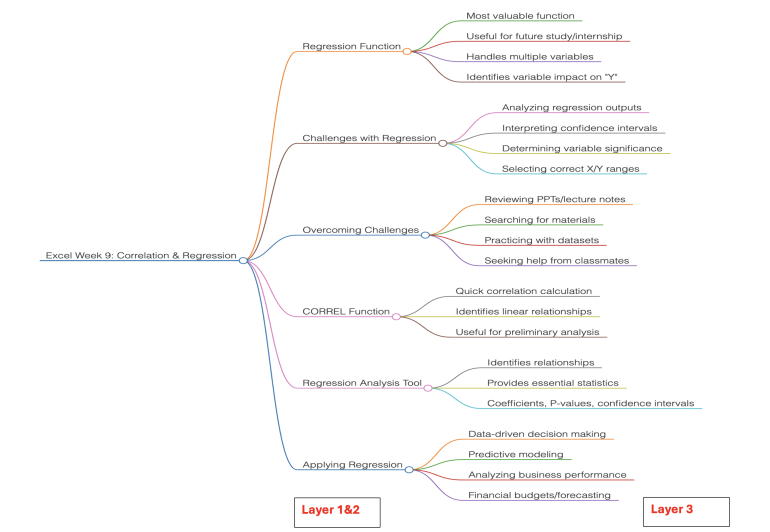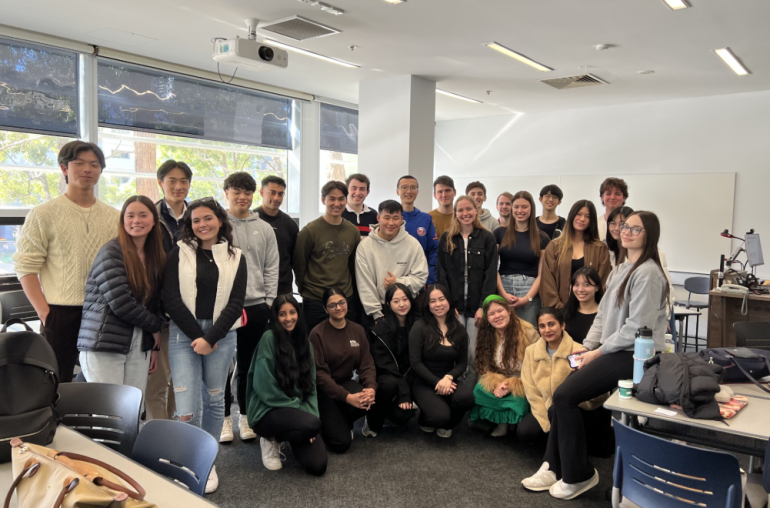Published on 29 April 2025
The "Multiple Layer Feedback Model" refines student feedback collection, enabling timely adjustments to improve engagement and address pain points in first-year business courses.
The "Multiple Layer Feedback Model" is an approach I developed to enhance student engagement and learning in COMM 1110 at the Business School. Teaching first-year students presents unique challenges, especially as they navigate a fast-paced environment. This model refines feedback collection and analysis to identify pain points and address them in real time, improving the course's responsiveness and relevance.
Sharing this model with university educators is valuable as it promotes student-centered teaching and actionable feedback. It addresses the challenge of understanding student needs in large, diverse courses, offering a practical solution. The continuous feedback loop creates a more agile, student-responsive environment that benefits both students and faculty.
Layer 1 - Collecting Sample Data (Individual Feedback):
The first layer involves informal, in-person conversations with students to gather detailed feedback about their learning experiences. I use my own tutorials, which include around 100 students, representing 13-15% of the COMM 1110 cohort, as a starting point. I set aside 10-15 minutes before, during, or after tutorials to speak with 4-5 students per session. These discussions focus on challenges with assessments, course content, and areas for improvement.
This one-on-one engagement often uncovers more than written responses, as students feel more comfortable sharing specific struggles and needs. By spacing these conversations throughout the term, I capture a broad range of insights. After gathering the feedback, I categorize it into strengths, areas of struggle, and suggestions for improvement, which allows me to track recurring concerns and refine the course over time.
Layer 2 - Collecting Population Data (Broad Feedback):
The second layer broadens feedback collection through weekly Moodle surveys, designed with targeted questions to capture recurring issues and complement the individualized insights from Layer 1. We also encourage students to complete the MyExperience survey, ensuring a comprehensive view of student experiences across the cohort. To boost participation, we allocate dedicated time during week 9 and 10 tutorials for students to complete the survey. This strategy has been effective, with over 80% participation in most terms of COMM 1110 since T1 2024. The insights from MyExperience, combined with the data from the Moodle surveys and in-person conversations, provide a holistic understanding of student perspectives, enabling us to make informed adjustments to the course.
Layer 3 - Focus on Details for Better Learning Support:
The final layer focuses on using feedback to make small, incremental adjustments in course content, assessments, and tutorial delivery. These tweaks could involve refining assessment instructions, improving tutorial materials, or clarifying course content. By continuously addressing specific, often-overlooked pain points, these feedback-inspired adjustments cumulatively enhance the overall student learning experience.
A key feature of my model is the ability to implement real-time changes based on student feedback. After analysing the input, I ensure clear communication with teaching staff about the necessary adjustments. The model also promotes collaboration by identifying both strengths and areas for improvement in tutors. By analysing feedback from both students and tutors, our course coordinator and I guide tutors in refining their teaching methods. We hold regular feedback sessions and one-on-one check-ins to keep tutors informed of key student insights, enabling us to recognize effective practices and provide timely support where needed. This collaborative approach enhances course delivery, creating a more responsive and supportive learning environment where teaching methods and student needs remain closely aligned.
Positive Outcomes:
One of our tutors in 2024 wrote about the feedback model used in our course:
“Harry, as the ACC in our COMM 1110 course, truly stands out as a model. His strategy includes organizing regular feedback sessions, which are essential for keeping communication open and reinforcing our sense of community. These sessions not only provide valuable insights but also have a unique ability to recognize and celebrate even the smallest successes, while acknowledging everyone's contributions in teaching.”
The "Multiple Layer Feedback Model" has greatly boosted student satisfaction in our course, with Term 3, 2024 seeing 97.4% of students agreeing that resources helped their learning and 98.9% finding assessments relevant (based on 350 MyExperience survey responses).
In conclusion, the "Multiple Layer Feedback Model" provides a systematic, adaptable framework for improving student engagement and learning outcomes. By making small, real-time adjustments, I can create a more responsive, student-centered environment. For university educators, this approach offers a practical way to better understand and address student needs, ultimately enhancing the overall educational experience.
If you’d like to explore more about this feedback model or learn how to incorporate it into your own course, please feel free to contact the author of this article at m.han@unsw.edu.au.
***
Reading this on a mobile? Scroll down to read more about the author.

